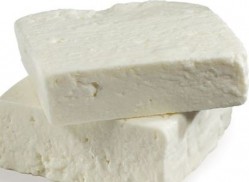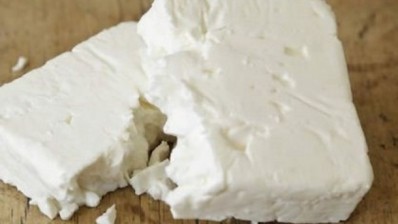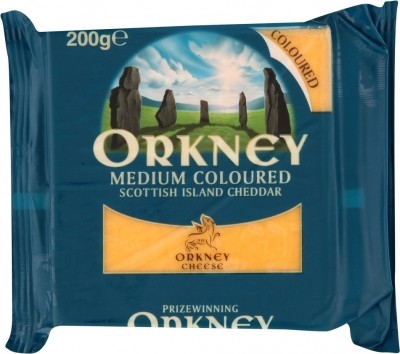EU geographical indication scheme ‘over-reach’ blocking dairy trade - USDEC

DairyReporter.com spoke with USDEC vice president of trade policy, Shawna Morris, earlier this week - following the publication of a European Commission (EC) report on the global sales value of geographical indication (GI)-protected goods.
GI products are categorised under two European Union (EU) schemes – protected designation of origin (PDO) and protected geographical indication (PGI). These schemes identify a good as originating in a particular region or locality where a “given quality, reputation or other characteristic” is essentially attributable to its geographical origin.
The EC estimated the worldwide sales value of these goods in 2010 at €54.3bn ($70.4bn). GI cheese products - such as Edam, Gouda, Feta, Grana Padano, Parmigiano Reggiano, Comté and Roquefort – accounted for an estimated €6.3bn ($8.2bn) of this total.
Commenting on the EC report, Morris said that while USDEC has no issue with the scheme from a European marketing perspective, it does object to the trade barriers created by it.
EU geographical indication “over-reach”
“We have no objection to European producers using the GI system to help effectively market their products,” said Morris.
“What we object to are cases where the system over-reaches and erects de facto barriers to trade by blocking others from using names that had already entered into common usage by other producers.”
“We are not anti-GIs; we simply believe there should be a place in the market for both Parmigiano Reggiano and Parmesan that’s made in more than a dozen countries around the world, including the US,” she said.
Morris added that USDEC is continuing to fight the GI “over-reach.”
“We are working actively with a number of other countries through the Consortium for Common Food Names to fight this over-reach of monopolising usage of common names and to seek greater clarity in many of our export markets,” she said.
EU-US trade negotiations “opportunity”
Last month, the US and EU revealed in a joint statement that they planned to initiate trade negotiations to establish a Transatlantic Trade and Investment Partnership.
While welcoming the announcement, USDEC also called for discussions aimed at “uprooting” the GI schemes, which it claimed are “granting GIs to many common food names.”
Morris reiterated USDEC’s earlier call.
“We hope that the Transatlantic Trade Partnership provides an opportunity to remove all types of trade barriers to US dairy products into the European Union market,” she added.
“As things stand, the EU enjoys a trade surplus in dairy with the US of more than $1bn while the US dairy sales to the EU last year totalled less than 2% of our global exports. We believe that situation reflects the many barriers to trade confronting US dairy products in the European market. We think this agreement provides a great opportunity to establish deeper two-way trade across the Atlantic.”














